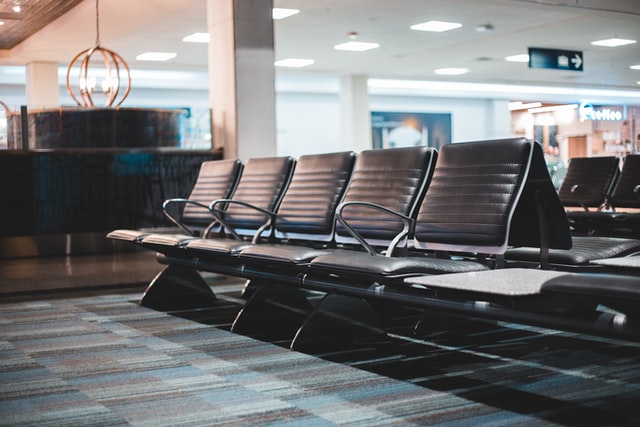 Airports Council International (ACI) is asking governments to implement testing programs rather than blanket quarantine measures as a more effective way to mitigate COVID-19 risk in traveling.
Airports Council International (ACI) is asking governments to implement testing programs rather than blanket quarantine measures as a more effective way to mitigate COVID-19 risk in traveling.
Noting the devastating impact of the pandemic on the aviation industry, ACI in a statement on August 14 called on governments to align risk-based, practical measures to allow the industry to restart, while providing reassurance to travellers.
“Unilateral national measures, especially a quarantine requirement, is damaging to both the industry and passenger confidence,” ACI World director General Luis Felipe de Oliveira said.
“Unnecessary quarantine measures are particularly harmful to passenger confidence as international air travellers have no assurance that, if they make flight arrangements, they will be able to return to their place of departure to continue their daily lives.”
Oliveira added that imposing such restrictions fails to take into account other options such as testing.
“It is time to resume international air transport in a safe and efficient manner, where people and goods can travel freely without increasing the risk of infection or the fear of re-imposed and unnecessary quarantine,” he said.
Specifically, ACI is urging governments to:
- adopt the principle of risk-based and proportionate measures based on scientific evidence
- avoid blanket quarantine rules
- implement effective testing protocols before and after travel as a means to mitigate risk, rather than imposing quarantine
- recognize properly issued health certificates
- support secure solutions to share health information such as test results
- fully implement the ICAO Take-Off Aviation Health Safety Protocols
- inform the public in close cooperation with the travel and tourism industries
Under a risk-based approach, passengers from low-risk countries may not need testing or quarantine to travel, Oliveira said.
Arrivals from medium-risk locations might require testing only, while those from high-risk locations might require a combination of testing and a short quarantine so results can be verified.
Photo by Erik Mclean on Unsplash





